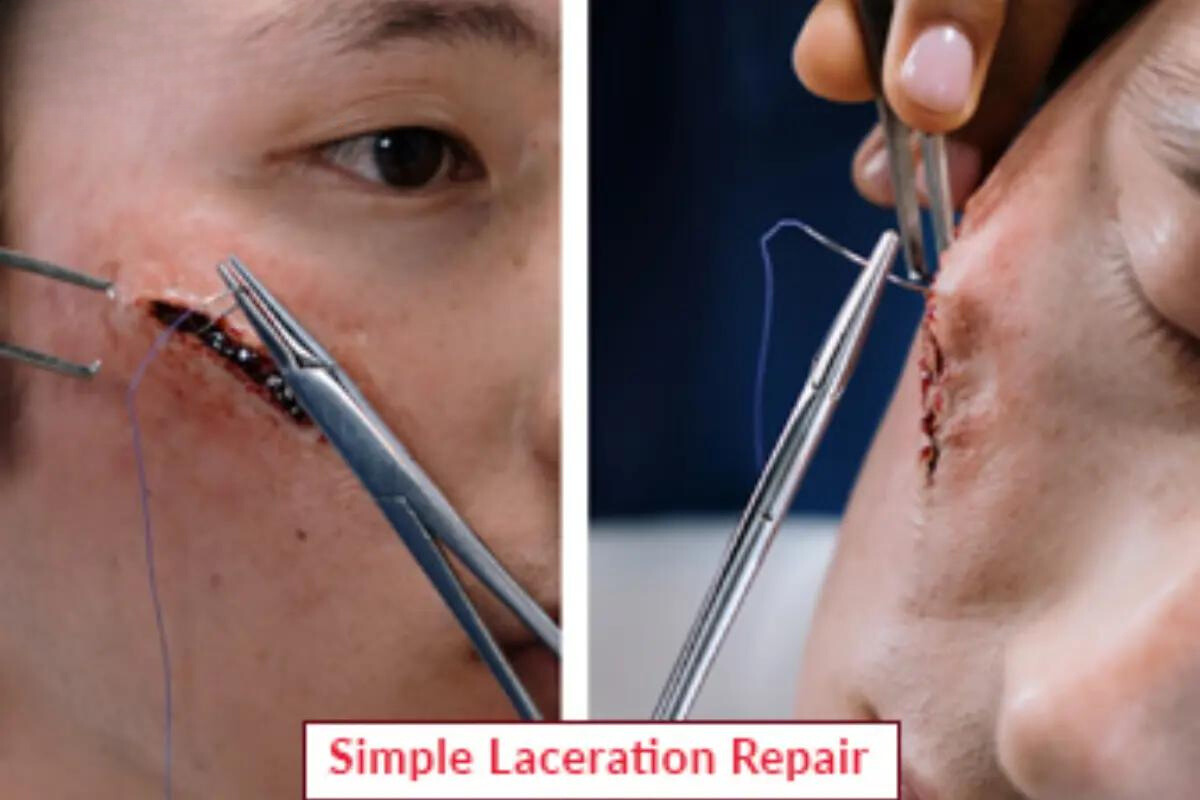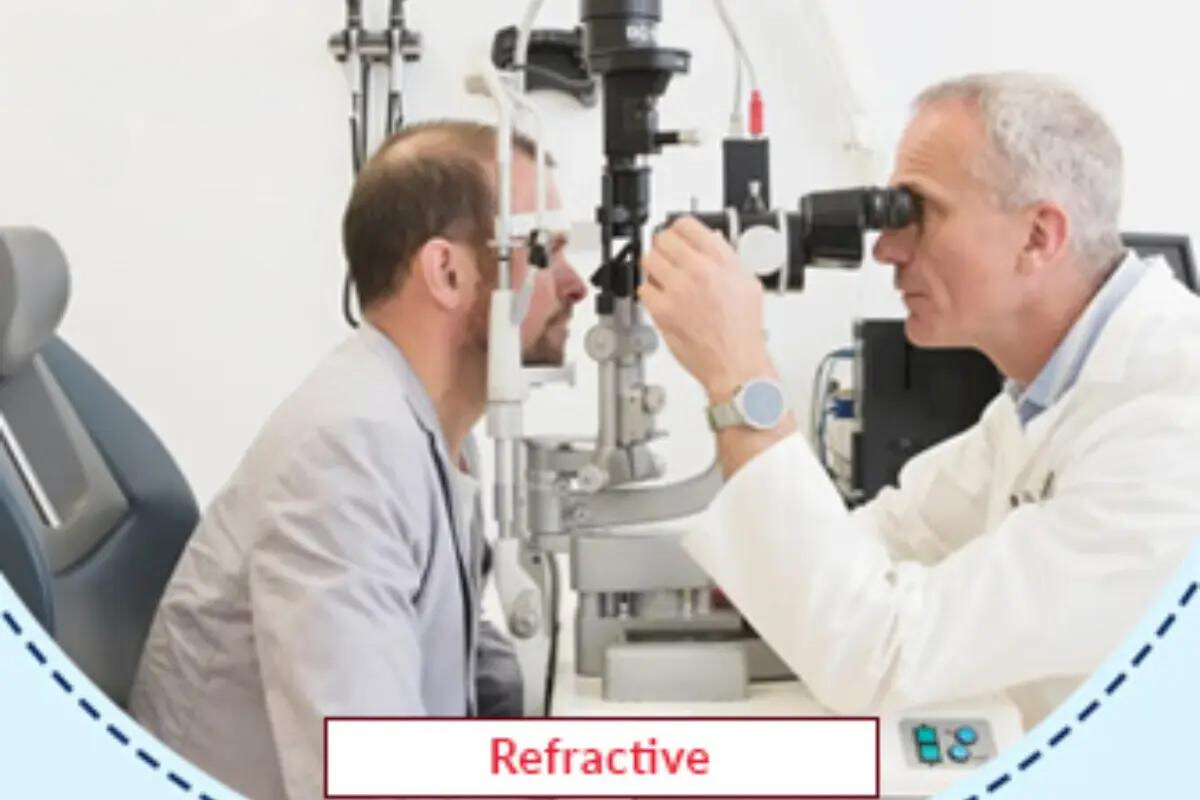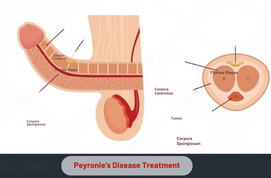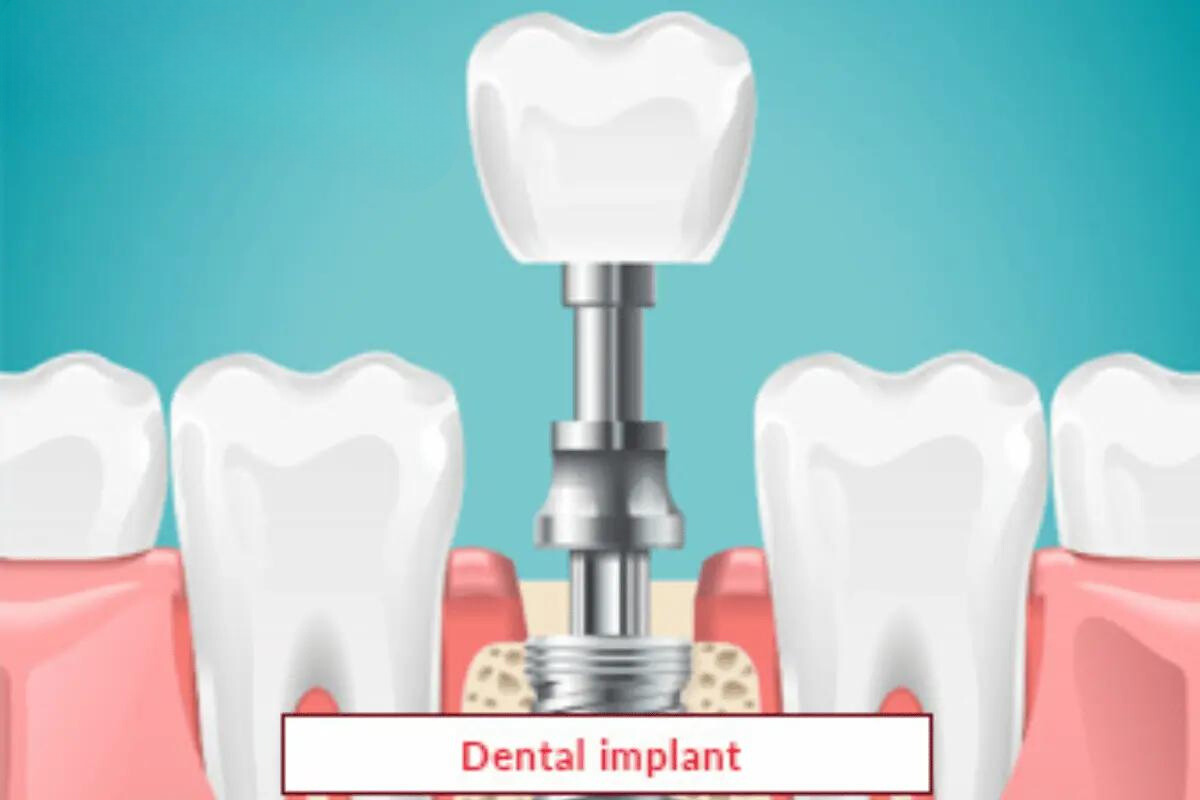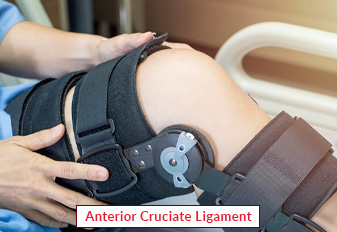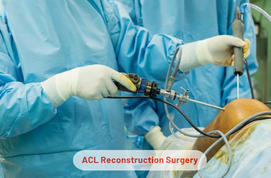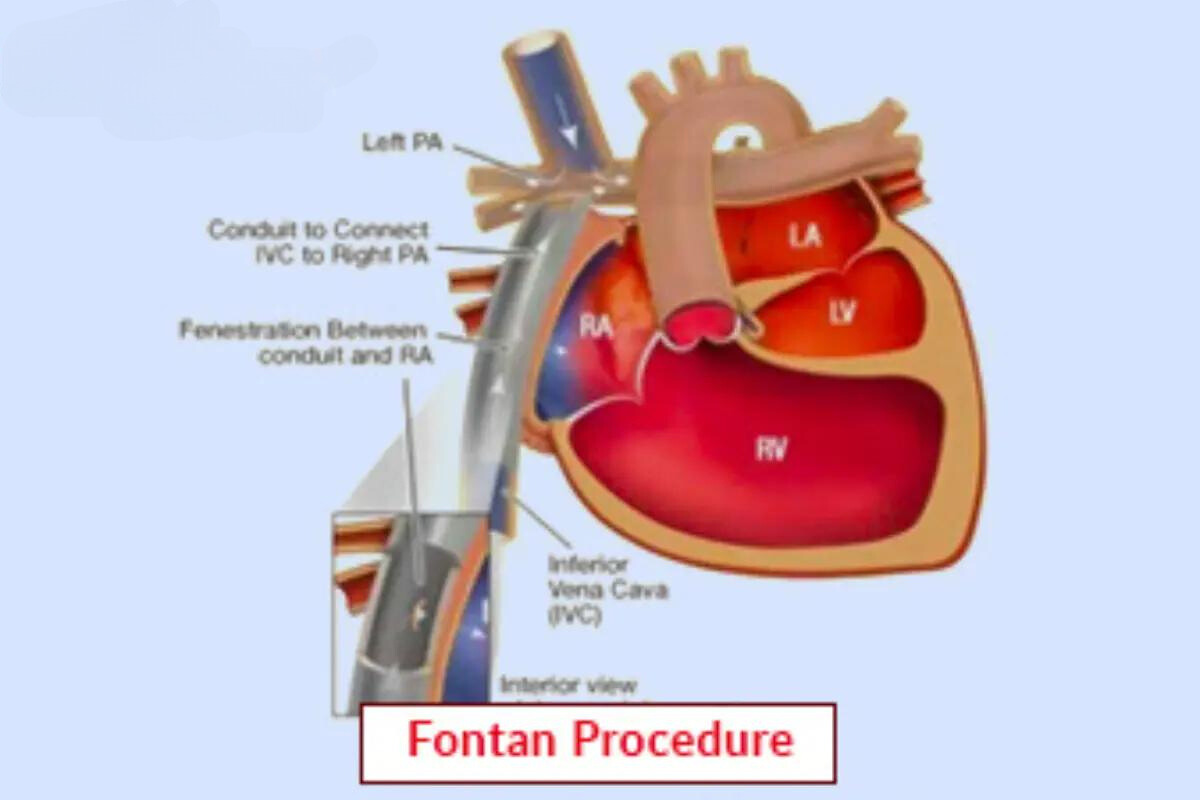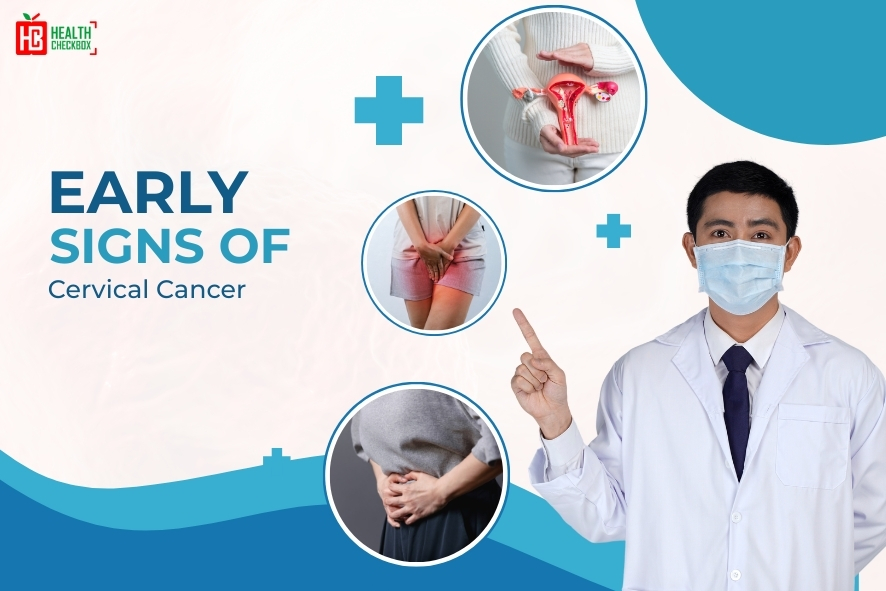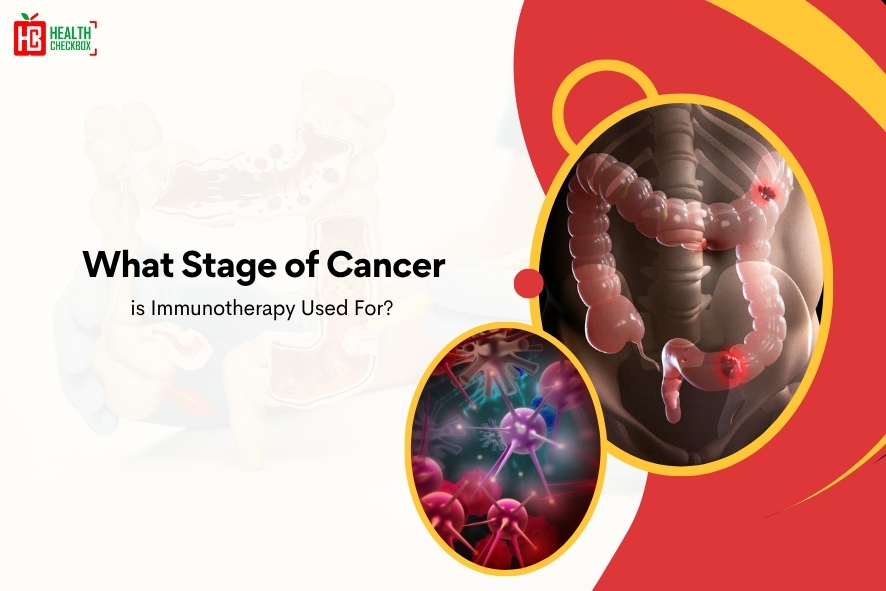A laceration is a skin defect brought on by tearing, stretching, or shearing forces like those found in blunt trauma. One can take care of a minor cut at home. But large cuts require immediate medical attention. In larger cuts, there is always a need for stitches or staples to close the injury. This will also help in the wound from bleeding.
The main goal of skin cut repair is to reduce the risk of infection and promote healing. This surgery is performed by the health professionals, such as general surgeons, plastic surgeons, and dermatologists.
It is important to take care of the injury area after the healthcare experts apply the stitches. This helps in prevention from infection and allows the wound to heal easily.
Benefits of Laceration Repair
There are several advantages to this repair surgery. These are listed below:
- It decreases the chances of infection.
- Gradual improvement in the wound healing is noticed.
- Structural integrity of the tissue is not compromised and improvement in strength is noticeable.
- Scarring drastically decreases.
- It alleviates pain and discomfort which is interconnected with the injury.
Laceration Repair Risks
Several factors can increase the risk of developing an infection for this condition. Some of these are mentioned below:
- People can suffer from allergic reactions due to use of anesthetic drugs.
- Excessive loss of blood can happen in certain cases.
- If stitches are not properly closed then the injury can open again.
- There may be more bacteria if the wound is not cleaned properly.
Procedure of Laceration Repair
The surgery process involves the following steps:
1. Assessment of the wound
- The healthcare provider will see the tear or wound properly to find out the severity, location, and other complications. They will also know the patient’s medical history and any risk factors.
2. Administration of anesthesia
- Depending on the severeness of the wound and the patient’s condition. A local or general anesthesia is given by the medical team. This will be used to numb the area and minimize pain during the process.
3. Cleaning and preparation of the wound
- The healthcare professional will clean the wound completely. Then doctors may try to remove any debris or foreign particles that may be present. To decrease the risk of infection, the areas that surround the laceration will be made ready.
4. Wound Closing
A healthcare professional may use various surgical devices that help in improving the injury. These include:
- Sutures
- Staples
- Adhesive strips
- Other closure methods
5. Wound Dressing
- After the injury is closed properly, the doctor will apply a sterile dressing to protect the injury and encourage healing.
6. After care
Suitable guidelines for wound caring at home include:
- Try to keep the injury area clean and dry.
- Changing the dressing regularly.
- Prescribed medications should be taken on time.
- Regular consultation with a doctor is important for speedy recovery.
How to Take Care at Home?
To treat the injury before you consult the doctor. Below are some important tips that will help you for the proper healing of the injury.
- Keep proper pressure on the wound. All the medical items mentioned below will help to stop the bleeding:
◦ Gauze
◦ A clean cloth
◦ Plastic bags
◦ A clean hand
- You should elevate the wound above the heart. This will ensure that blood flow to the wound is restricted.
- Do not use any bandages near an affected organ. This may cause more damage.
- Patients should clean the injury with tap water because it is safe to use.
- People are suggested that they should not push their muscle, tendon bone or organs into their original position.
- Patients should immediately sit or lie down with the head placed between the knees, in case of faintness.
Latest Health Tips
Can Immunotherapy Cure Stage 4 Lung Cancer?
Early Signs of Cervical Cancer
Foods that Kill Cancer: Leafy Vegetables, Grains, & More
What Stage of Cancer is Immunotherapy Used For?
Which is Worse for Cancer, Sugar or Alcohol?
Vaccines That Prevent Cancer
What Kills Cancer Cells in the Body Naturally?
5 Early Warning Signs of Bone Cancer
Submit Your Enquiry
Testimonials








